Filter by
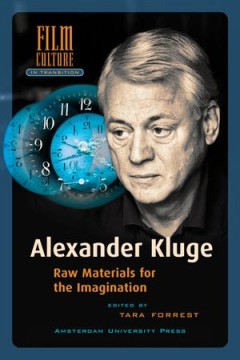
Alexander Kluge
Alexander Kluge is best known as a founding member of the New German Cinema. His work, however, spans a diverse range of fields and, over the last fifty years, he has been active as a filmmaker, writer and television producer. This book - the first of its kind in English - comprises a wide selection of texts, including articles and stories by Kluge, television transcripts, critical essays by re…
- Edition
- -
- ISBN/ISSN
- 9789089642721
- Collation
- -
- Series Title
- -
- Call Number
- 920 FOR a
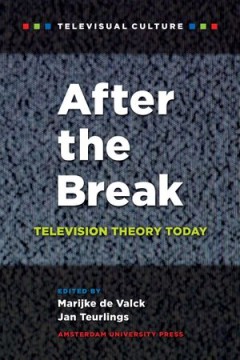
After the Break
Television as we knew it is irrevocably changing. Some are gleefully announcing the death of television, others have been less sanguine but insist that television is radically changing underneath our eyes. Several excellent publications have dealt with television's uncertain condition, but few have taken the specific question of what television's transformations mean for the discipline of Telev…
- Edition
- -
- ISBN/ISSN
- 9789089645227
- Collation
- -
- Series Title
- -
- Call Number
- 791 TEU a
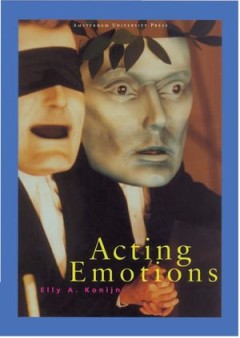
Acting Emotions
Actors and actresses play characters such as the embittered Medea, or the lovelorn Romeo, or the grieving and tearful Hecabe. The theatre audience holds its breath, and then sparks begin to fly. But what about the actor? Has he been affected by the emotions of the character he is playing? What's going on inside his mind? The styling of emotions in the theatre has been the subject of heated deba…
- Edition
- -
- ISBN/ISSN
- 9789053564448
- Collation
- -
- Series Title
- -
- Call Number
- 792 KON a
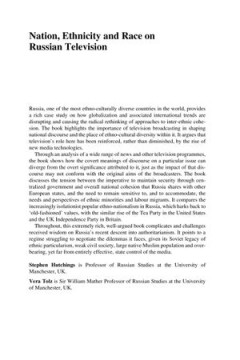
Nation, Ethnicity and Race on Russian Television
Russia, one of the most ethno-culturally diverse countries in the world, provides a rich case study on how globalization and associated international trends are disrupting and causing the radical rethinking of approaches to inter-ethnic cohesion. The book highlights the importance of television broadcasting in shaping national discourse and the place of ethno-cultural diversity within it. It ar…
- Edition
- -
- ISBN/ISSN
- 9781138853287
- Collation
- -
- Series Title
- -
- Call Number
- 791.45
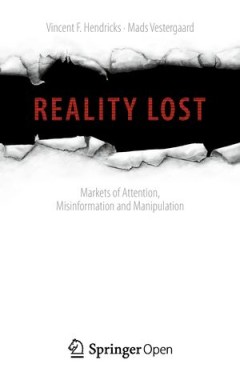
Reality Lost: Markets of Attention, Misinformation and Manipulation
Attention Economics; Conspiracy Theory; Philosophy; Democracy; Information; Digital Authority; Digitial Slavery; Donald Trump; Information Age; Misinformation; Politics; Populism; Social Media
- Edition
- -
- ISBN/ISSN
- 9783030008123
- Collation
- -
- Series Title
- -
- Call Number
- 791 VES r

Mhealth innovation in Asia: Grassroots Challenges and Practical interventions
mHealth Innovation in Asia; mHealth Initiatives and Policy; Grassroots mHealth Projects in Asia; Practical mHealth Interventions in Asia; Structures and Infrastructures of mHealth in Asia; Mobile Health; Health and Wellbeing; Media and Communications; Development Studies on Public Health; Community Health Workers; Mobile Phones in Health
- Edition
- -
- ISBN/ISSN
- 9789402412505
- Collation
- -
- Series Title
- -
- Call Number
- 791
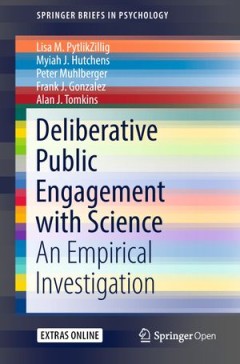
Deliberative Public Engagement With Science: An Empirical investigation
experimental manipulations of deliberative engagement; nanotechnology public policy issues; education-oriented communications; experimental social science; science, technology and society; innovation policy; cognitive-affective engagement; polarization of public attitudes
- Edition
- -
- ISBN/ISSN
- 9783319781594
- Collation
- -
- Series Title
- -
- Call Number
- 791 MUH d
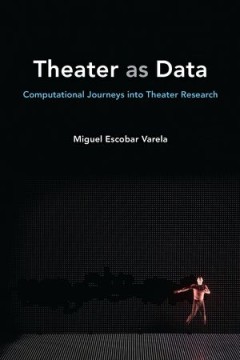
Theater as Data: Computational Journeys into Theater Research
In Theater as Data, Miguel Escobar Varela explores the use of computational methods and digital data in theater research. He considers the implications of these new approaches, and explains the roles that statistics and visualizations play. Reflecting on recent debates in the humanities, the author suggests that there are two ways of using data, both of which have a place in theater research. D…
- Edition
- -
- ISBN/ISSN
- 9780472128631
- Collation
- -
- Series Title
- -
- Call Number
- 792 VAR v
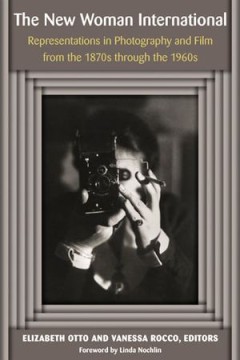
The New Woman International: Representations in Photography and Film from the…
Images of flappers, garçonnes, Modern Girls, neue Frauen, and trampky—all embodiments of the dashing New Woman—symbolized an expanded public role for women from the suffragist era through the dawn of 1960s feminism. Chronicling nearly a century of global challenges to gender norms, The New Woman International: Representations in Photography and Film from the 1870s through the 1960s is the …
- Edition
- -
- ISBN/ISSN
- 9780472900367
- Collation
- -
- Series Title
- -
- Call Number
- 791.43 NEW n
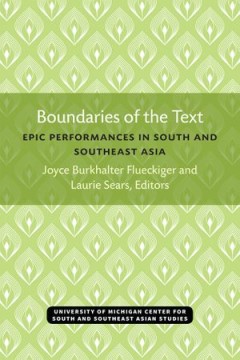
Boundaries of the Text: Epic Performances in South and Southeast Asia
When the Mahabharata and Ramayana are performed in South and Southeast Asia, audiences may witness a variety of styles. A single performer may deliver a two-hour recitation, women may meet in informal singing groups, shadow puppets may host an all-night play, or professional theaters may put on productions lasting thirty nights. Performances often celebrate ritual passages: births, deaths, marr…
- Edition
- -
- ISBN/ISSN
- 9780472901715
- Collation
- -
- Series Title
- -
- Call Number
- 791 BOU b
 Computer Science, Information & General Works
Computer Science, Information & General Works  Philosophy & Psychology
Philosophy & Psychology  Religion
Religion  Social Sciences
Social Sciences  Language
Language  Pure Science
Pure Science  Applied Sciences
Applied Sciences  Art & Recreation
Art & Recreation  Literature
Literature  History & Geography
History & Geography